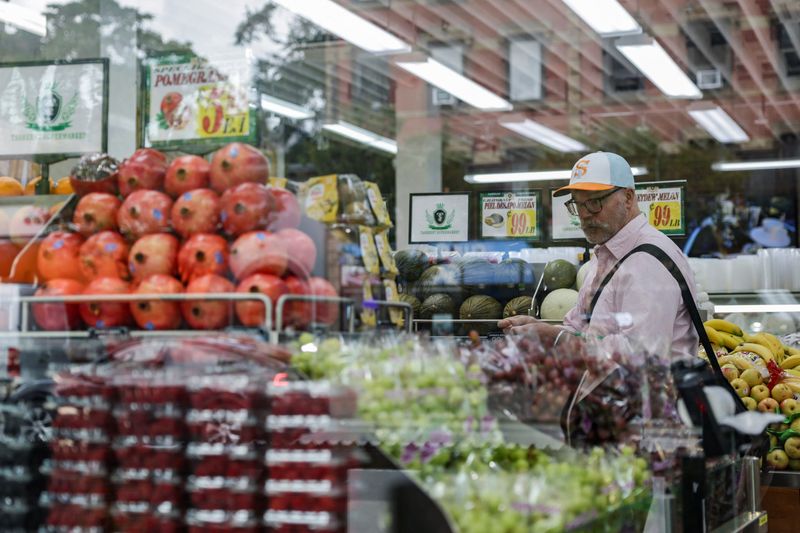
By Lucia Mutikani
WASHINGTON (Reuters) -U.S. producer prices increased by the most in three years in July amid a surge in the costs of goods and services, suggesting a broad pickup in inflation was imminent, potentially jeopardizing an anticipated interest rate cut from the Federal Reserve next month.
The stronger-than-expected producer inflation report from the Labor Department on Thursday followed on the heels of data this week showing consumers paid higher prices for services like dental care and airline fares last month.
Economists had hoped that moderate services price gains would blunt the inflationary impact of higher goods prices from President Donald Trump's sweeping import tariffs. The U.S. central bank puts more emphasis on services inflation given that economy is mostly services driven. Financial markets expect the Fed to resume rate cuts in September, but much will depend on August's employment and inflation data.
"This is a kick in the teeth for anyone who thought that tariffs would not impact domestic prices in the United States economy," said Carl Weinberg, chief economist at High Frequency Economics. "This report is a strong validation of the Fed's wait-and-see stance on policy changes."
The producer price index for final demand jumped 0.9% last month, the largest advance since June 2022, after being unchanged in June, the Labor Department's Bureau of Labor Statistics said. Economists polled by Reuters had forecast the PPI rising 0.2%.
Goods prices vaulted 0.7%, the biggest gain since January, after climbing 0.3% in June. A 1.4% surge in food prices accounted for 40% of the broad increase in the cost of goods.
Food prices were driven by a 38.9% acceleration in the cost of fresh and dry vegetables. There were also increases in the prices of meat and eggs. Excluding food and energy, goods prices increased 0.4%, with strong rises in the costs of steel, aluminum and primary nonferrous metals.
Services prices soared 1.1%, the largest gain since March 2022, amid strong increases in machinery and equipment wholesaling, and costs of portfolio management, hotels and motels, and road transportation of freight.
In the 12 months through July, the PPI increased 3.3% after advancing 2.4% in June.
"While businesses have assumed the majority of tariff costs increases so far, margins are being increasingly squeezed by higher costs for imported goods," said Ben Ayers, senior economist at Nationwide. "We expect a stronger pass-through of levies into consumer prices in coming months with inflation likely to climb modestly over the second half of 2025."
U.S. stocks opened lower. The dollar rose against a basket of currencies. U.S. Treasury yields rose.
DATA COLLECTION ISSUES
With the July report, the BLS ended the calculation and publication of approximately 350 indexes, including data from the PPI Final Demand-Intermediate Demand, special index, industry and commodity classifications.
The agency has suffered years of underfunding under both Republican and Democratic administrations, a situation worsened by an unprecedented campaign by President Donald Trump's White House to remake the federal government through deep spending cuts and mass layoffs of public workers.
The resource constraints have impacted the closely watched employment report and also resulted in the suspension of data collection for portions of the CPI basket in some areas across the country. This has raised concerns about the quality of the government-produced economic data, long viewed as the gold standard. The nomination of Heritage Foundation economist E.J. Antoni, a critic of the BLS, to head the statistics agency, is also adding another layer of worry over data quality.
The government on Tuesday reported a mild increase in consumer prices in July, though rising costs for services like dental care and airline tickets caused a measure of underlying inflation to post its largest gain in six months. The Fed left its benchmark overnight interest rate in the 4.25%-4.50% range last month for the fifth-straight time since December.
Prior to the PPI report, economists estimated the Personal Consumption Expenditures (PCE) Price Index, excluding the volatile food and energy components, increased 0.3% in July after a similar gain in June.
That would raise the year-on-year increase in the so-called core PCE inflation to 2.9% from 2.8% in June. Core PCE inflation is one of the measures tracked by the Fed for its 2% target.
A separate report from Labor Department showed initial claims for state unemployment benefits dropped 3,000 to a seasonally adjusted 224,000 for the week ended August 9. Economists had forecast 228,000 claims for the latest week.
The labor market has split into low firings and tepid hiring as businesses navigate trade policy, which has raised the nation's average import duty to its highest in a century.
Employment gains averaged 35,000 jobs per month over the last three months, the government reported in early August. Domestic demand grew in the second quarter at its slowest pace since the fourth quarter of 2022.
The number of people receiving benefits after an initial week of aid, a proxy for hiring, slipped 15,000 to a seasonally adjusted 1.953 million during the week ending August 2, the claims report showed.
The elevated so-called continuing claims align with consumers' growing perceptions that jobs are hard to find. Economists view the continuing claims trend as consistent with the unemployment rate rising to 4.3% this month from 4.2% in July.
(Reporting by Lucia Mutikani; Editing by Chizu Nomiyama and Andrea Ricci)

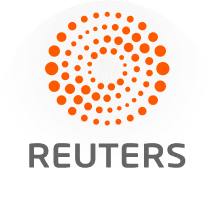 Reuters US Domestic
Reuters US Domestic
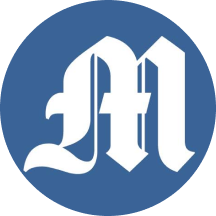 The Mercury News
The Mercury News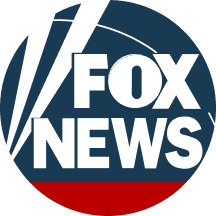 FOX Business
FOX Business 104FM WIKY
104FM WIKY WRCB-TV
WRCB-TV Newsday
Newsday The radio station 99.5 The Apple
The radio station 99.5 The Apple AlterNet
AlterNet TownTimes news.com
TownTimes news.com CNN Business
CNN Business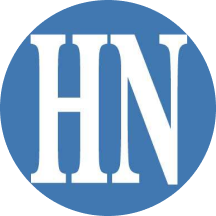 Fontana Herald News
Fontana Herald News New York Post
New York Post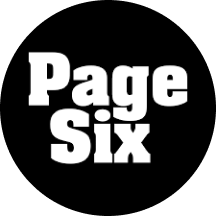 Page Six
Page Six